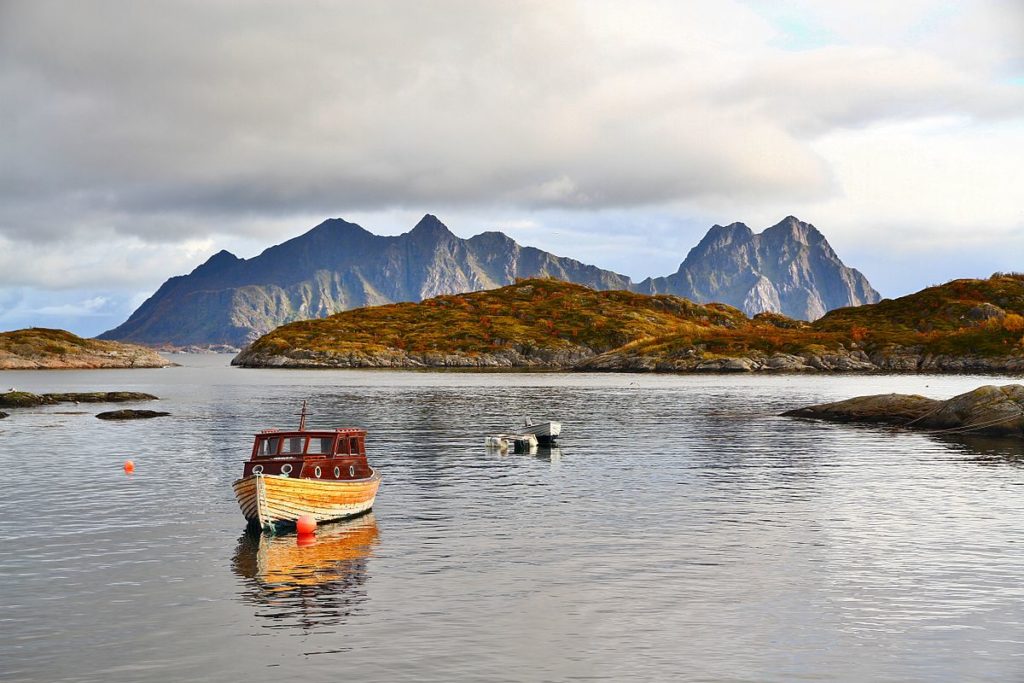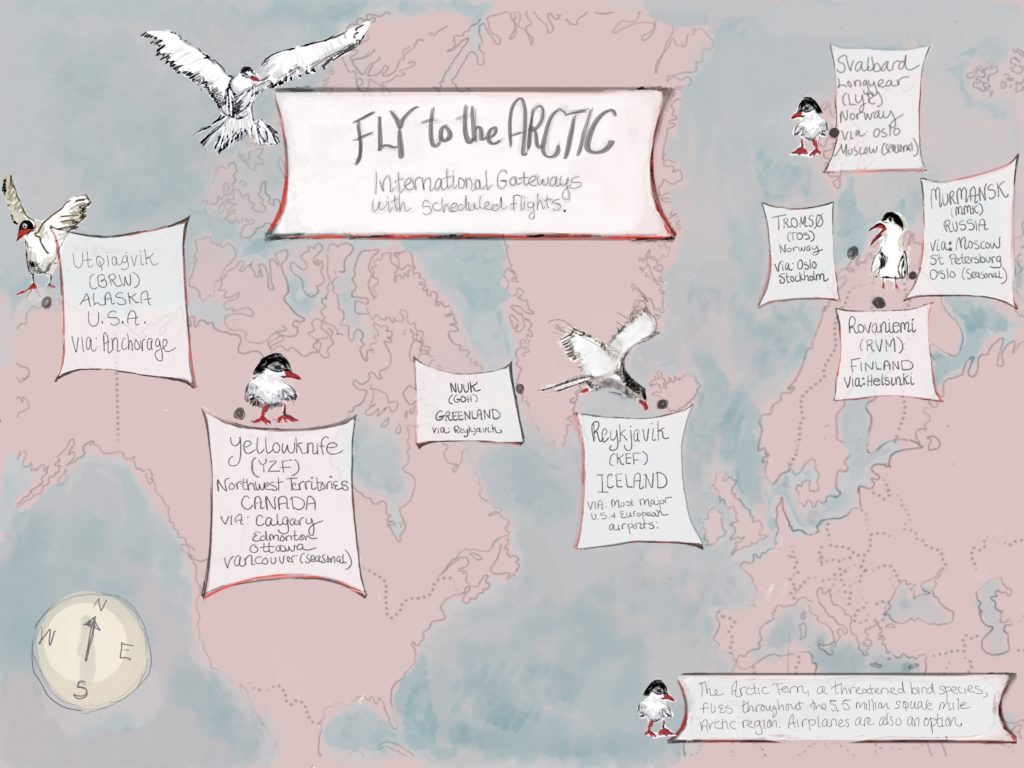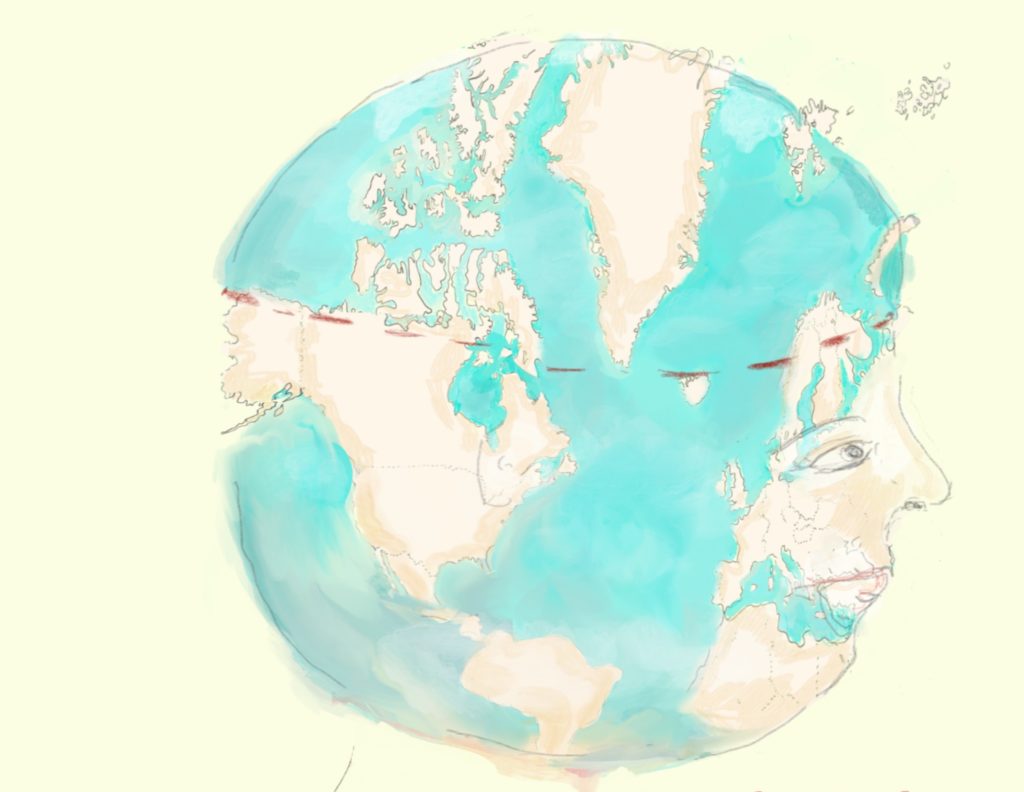The Arctic is larger and more diverse than you think
Boosting interest in the Polar North may require a shift in perception

For many people who have never traveled to the Arctic, the region can be intimidating or even hard to understand. Often, it is discussed as a monolithic territory with only ice and polar bears. In fact, the Arctic is larger in size and more varied than commonly believed. Here are four points to dispel the most recurring misconceptions about the Arctic.

What country is the Arctic in? Will I need a visa?
This is the biggest mistake in thinking. The Arctic region is generally defined as the area of Earth that lies to the north of 66 degrees latitude. Eight countries lay claim to it: The United States, Canada, Russia, The Kingdom of Denmark (which includes Greenland), Norway, Sweden, Finland, and Iceland.
To visit, you’ll need to satisfy the entry requirements of whichever country you’re using as a gateway. Above is a map of the easiest and most commercially accessible airports with connections to the Arctic.
If you’re a U.S. citizen, you can freely visit the American Arctic in the town of Utqiagvik, Alaska (formerly Barrow), or by chartering a flight to any of the many rural communities in the Alaskan Arctic.
It’s really small in size, right? A quarter could cover the Arctic on a globe, and some world maps leave it out altogether.
That’s an understandable assumption, given the way that imperfect models of the Earth (like globes and maps) have historically represented the Arctic. But it’s actually enormous: 5.5 million square miles—larger than the individual sizes of the United States, China, and Canada. You could fit so many combinations of countries into the Arctic: The United States and Argentina, China and Mexico, Canada and India….

The question of why the Arctic’s size is consistently underrepresented, and therefore underestimated, is an interesting and complicated one. One theory is that we simply don’t see the Arctic represented in a way that helps us to understand its size. The human head is a useful analogy: If you were asked what the largest dimension of the human head is, you’d probably try to decide between width (ear to ear) and length, and you’d likely settle on length (forehead to chin). It’s a reasonable guess, but most people are unlikely to consider depth as a possibility—that is the tip of nose to back of the skull, which can actually be the longest dimension on the head. It’s a forgivable omission, because we generally don’t get an overhead view of people’s heads. Similarly, we tend to focus on the “face” of the Earth and not on the top, giving the Arctic the short shrift.
Does anyone actually live in the Arctic, and if so, what do they do?
Yes, some 4 million people, in fact, live in the Arctic Region. About 10 percent are indigenous people, although the percentage is higher in different areas. For example, they are the majority population in Greenland. In addition to tourism, the Arctic economy depends on natural resources such as energy, mining, and hunting, as well as military activities.
When I visit the Arctic, will I only see a frozen, desolate landscape?
The Arctic is definitely frigid in the winter, averaging -40 degrees F, and there are times during the year when the sun never rises. However, in the summer, temperatures average 50 degrees F, and there are times when the sun never sets.
While there is, for now, lots of ice, ice packs, and tundra to see, there is a wide variety of habitats, flora, and fauna in the Arctic’s 5.5 million square miles, from wetlands, to sea cliffs, to cities and towns. Unusual and rare cold-adapted species live in the land, sky, and water, including colorful Arctic poppies, purple saxifrage, and bearberries. Altogether, some 21,000 species live in the Arctic, including charismatic megafauna like polar bears, reindeer, and narwhals.